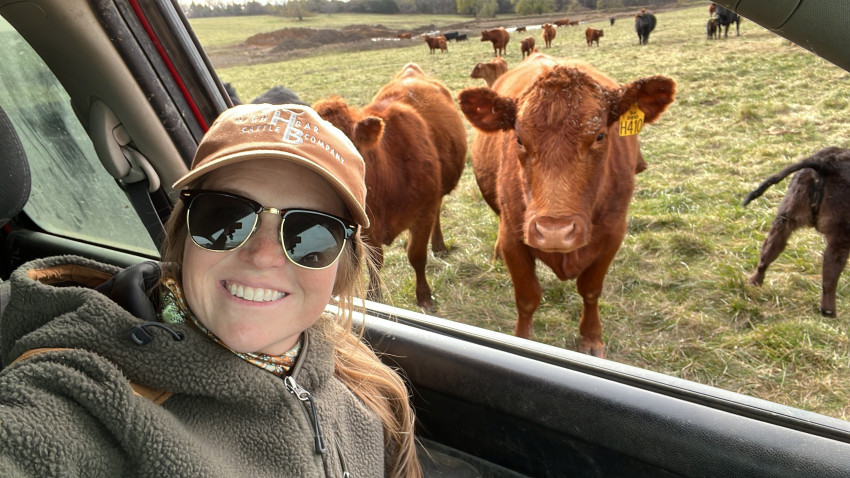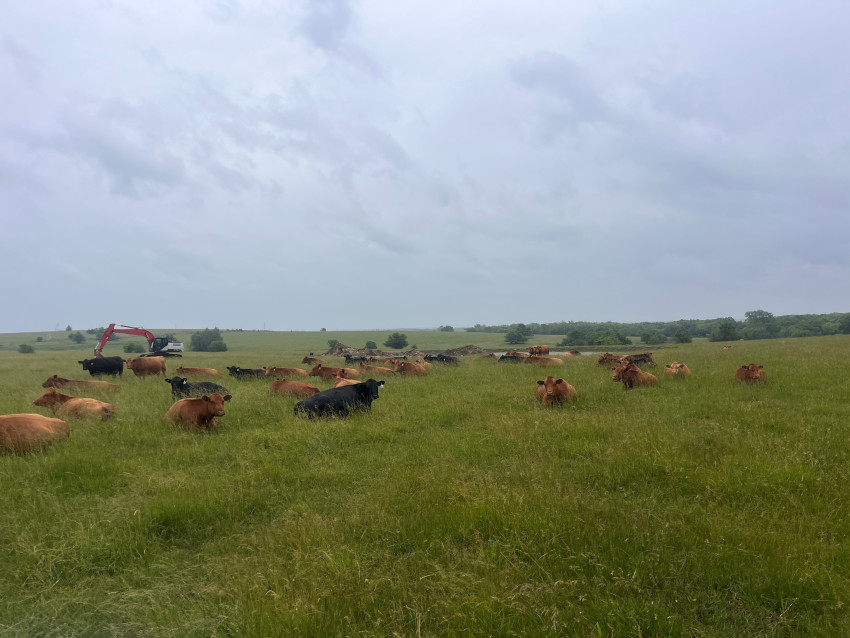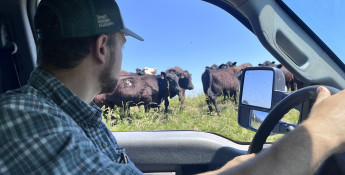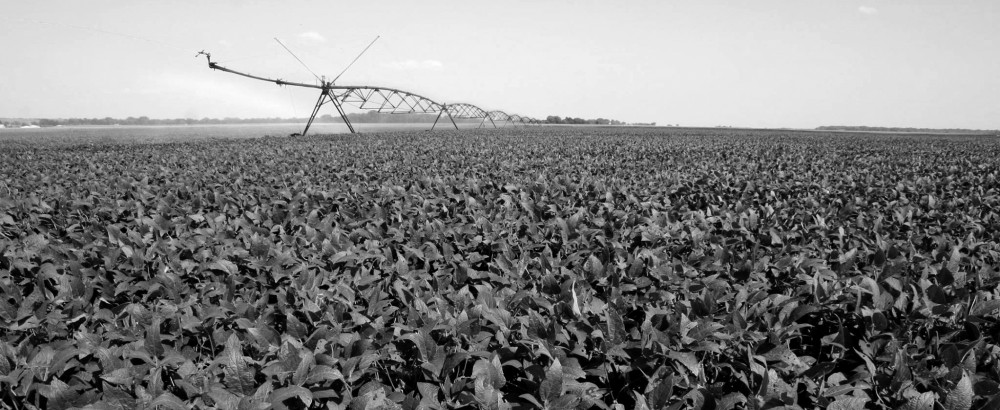By Brandi Buzzard on June 23, 2025
Lab-Grown Meat: The Controversy Grows
Part two of a two-part series discussing the importance of conventionally raised beef
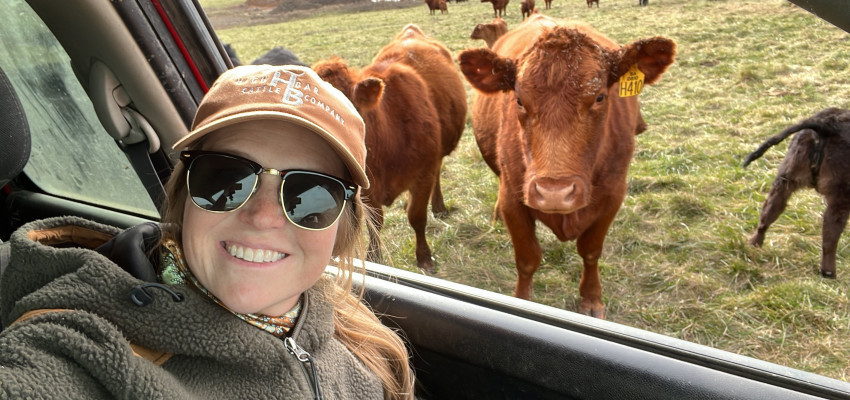
Last month, I shared insight on lab-grown meat, also known as cultured meat, its development and attested benefits, as compared to conventionally raised beef. In this second part, I’ll look at the many ways ranchers, state governments and non-governmental organizations are responding to lab-grown meat as its presence in the marketplace grows.
For a refresher, lab-grown or cultured meat is slowly edging closer to being a commercially viable option compared to conventionally raised beef and other animal proteins. While I believe there is still quite some distance between its acceptance and affordability, the debate has not subsided. While some interested parties see innovation and sustainability, many ranchers, farmers and agriculture industry groups see a threat to livelihoods, market access and legacy.
To combat the progress made by cultured meat companies, several states have taken it upon themselves to limit access to shelf space for lab-grown meat products. Florida was the first state to enact an outright ban on lab-grown meat, effective July 2024, with criminal penalties for violators. Alabama and Mississippi followed closely behind with their own bans.
More recently, Montana passed HB 401 in May, officially banning the sale and manufacture of lab-grown meat within the state. Gov. Greg Gianforte stated, “By signing House Bill 401 into law, I am proud to defend our way of life and the hardworking Montana ranchers who produce the best beef in the world.”
Nearby in Nebraska, Gov. Jim Pillen signed a law that prohibits the production import, distribution, promotion, display or sale of any cultivated food in Nebraska. This law stemmed from food safety concerns for consumers, citing the lack of long-term health studies as reasoning for a ban, as well as protecting the Nebraska livestock industry.
One area that all can agree on, is labeling. Farmers and ranchers, including me, want clear, transparent labels distinguishing traditionally raised meat from lab-grown alternatives so shoppers know exactly what they're buying. For example, South Dakota, Iowa and Texas have passed legislation requiring clear labeling. Even here in my home state of Kansas in 2022, Gov. Laura Kelly enacted a law requiring labels of alternative meat products to include a disclaimer that the food does not contain meat when meat terms, like hamburger or sausage, are used to describe the product. Similarly, Arizona representatives introduced a clear labeling bill earlier this year.
And to take it one step further, South Dakota legislators are creating further roadblocks such as denying funding for research or education around cultured meat.
These laws and initiatives will obviously provide challenges to cultured meat businesses, advocates and stakeholders, which will be interesting to follow as they try to navigate bringing these products to shelves affordably and across the nation.
However, non-profits like the Good Food Institute and New Harvest are not backing down and are touting cultured meat as a climate-conscious alternative to large scale livestock production. As I shared last month though, the Environmental Protection Agency attributes a mere 3 percent of greenhouse gas emissions to the beef production while “industry” – factories, manufacturing, etc. – is nearly one-third of annual U.S. greenhouse gas emissions.
Legal groups like the Institute for Justice are getting involved, as well. The group has filed lawsuits against state bans, including a high-profile case in Florida, which surpassed a milestone in April, claiming such laws violate constitutional rights and interfere with federal oversight. Meanwhile, the industry trade group Association for Meat, Poultry & Seafood Innovation argues cultured meat isn't the enemy of ranchers but rather a complementary product for an always-evolving marketplace.
One thing seems certain — the debate and contention regarding cultured meat is not likely to simmer down soon. Whether it becomes a fridge staple or stays on the fringe may depend on how well these competing interests can find common ground with such a vastness between them.
To make it clear, I don’t vehemently oppose cultured meat – I believe consumer choice is beneficial, and ranchers are happy to meet the demands of our customers if real beef is what they want. However, I do wish to ensure all labeling is clear and not designed to use fear or confusion to sway customers.
As a rancher, I know there’s nothing like real beef, and if shoppers are asking for it, we’ll be happy to provide.

